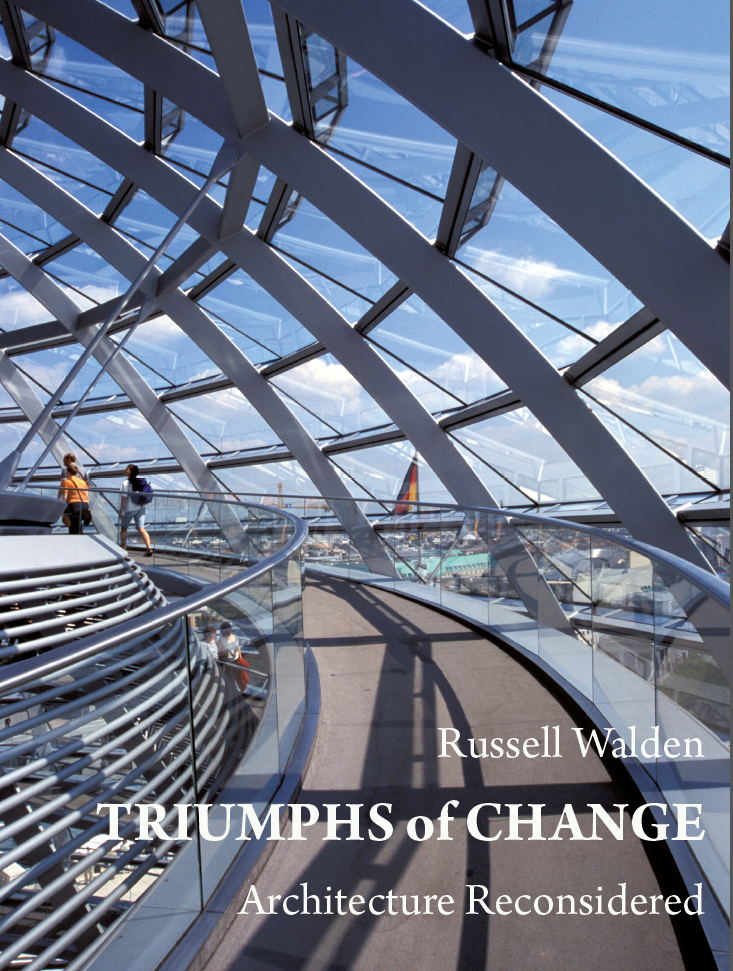Russell died last week. His funeral is tomorrow (Tues 30th, 3pm Old St Pauls).
He was born in Timaru, studied architecture at the University of Auckland, and was awarded the first MArch in New Zealand in 1964 with his thesis: “New Zealand Anglican church architecture, 1814-1963” – all nine volumes of it. Another first he achieved was gaining a New Zealand Post-Graduate Scholarship in Architecture. The next year he headed to Birmingham to PhD study and private practice, returning in 1978 as a Reader in Architectural History at VUW, having completed his PhD (1975) and edited the MIT Press publication: The Open Hand: Essays on Le Corbusier (1977), an early collection of essays on Le Corbusier in English.

Russell is renowned for his passionate relationship to Futuna Chapel – the subject of his Voices of Silence (1987) – as bicultural architecture. He was also a proponent of both Ian Athfield’s and Roger Walker’s work. When Walker’s Wellington Club was under threat (it was eventually demolished) Walden was a vocal advocate for its retention. His love of Futuna (later eclipsed by a dalliance with the Audi & Porsche showroom on Cambridge Terrace) was matched, if not overwhelmed by a distain for Te Papa.

Local journalists must have had his number on speed dial, as almost any story on architecture in Wellington quoted a provocative, colourful, Walden opinion. His assessment of Karori was that “Middle-class conformist rednecks live there,” while Shigaro Ban’s cardboard cathedral’s interior was “sterile, spatially dead and over-furnished.”
After Voices of Silence came Finnish Harvest (1998), and then following his retirement, the publication of Triumphs of Change: architecture reconsidered (2011). He retired from VUW in 2009. His death is accurately described as the end of an era.



Leave a Reply